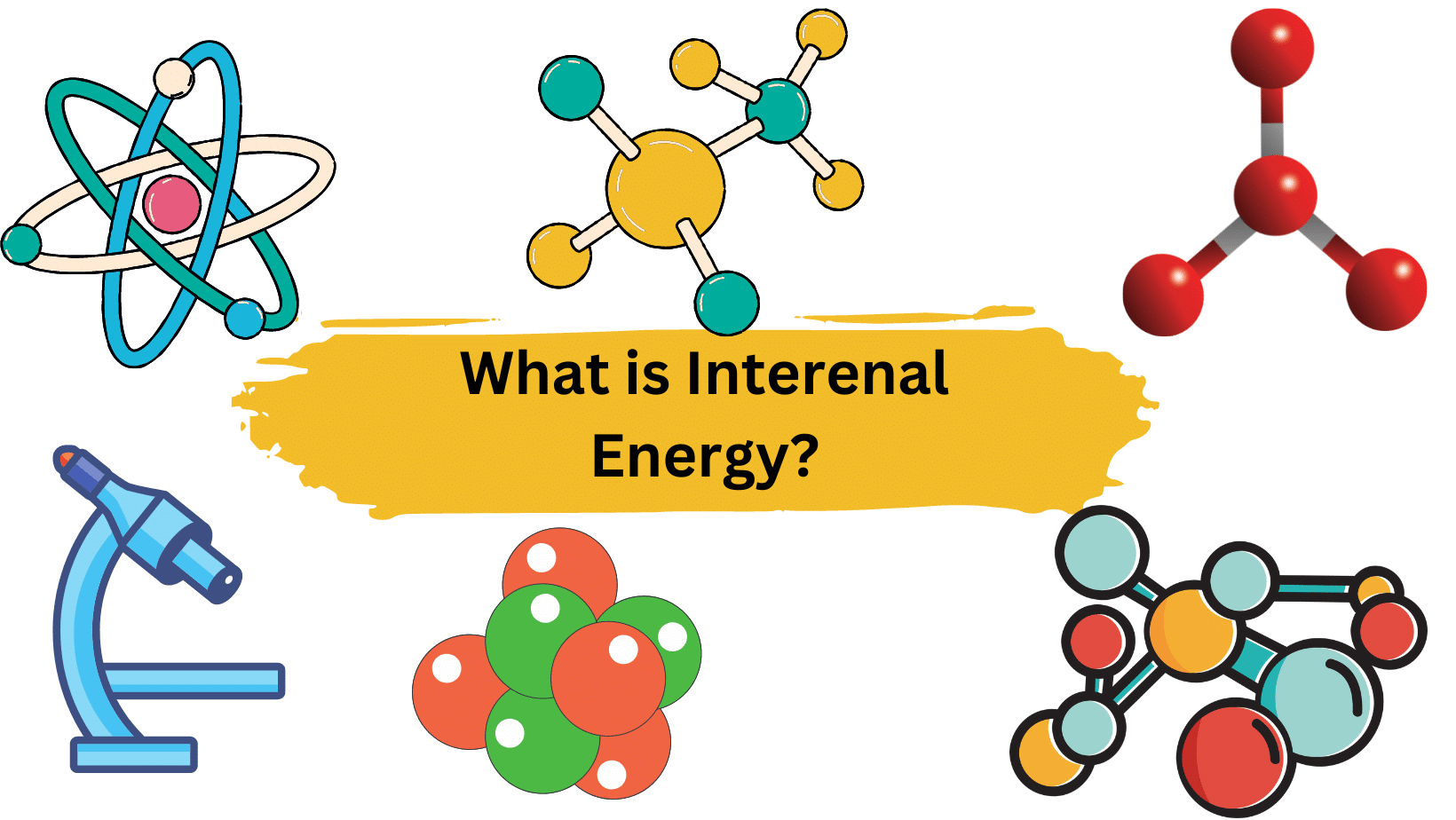Potential energy definition: Potential energy is the energy that an object has due to its position. If the object is lifted straight up at a steady speed, then the force (F) required to lift it to the height (h) is equal to its weight (mg).
In other words, when an object is lifted to a higher elevation, work is done on it and the energy transferred is stored; the quantity of energy stored is mgh. This stored energy is gravitational potential energy with the relation of w =mg. Some examples of potential energy are listed below:
- Stretched Rubber
- Balloons
- Roller coaster
- A flying kite
- Moving pendulum
- A stretched spring
- Rock on a hilltop

Table of Contents
Potential Energy Formula
The potential energy formula can be written as:
Potential Energy = mgh
Where m is the mass, measured in kilograms; g is the acceleration due to gravity (9.8 m/s^2 at the surface of the Earth); and h is the height, measured in meters.
All forms of energy, including kinetic and potential energy, are measured in kilogrammes per square metre per second (kg*m2/s2), which can be written as a more standard unit known as joules (J). Because energy and work measure the same type of force, the Joule is the standard scientific unit for measuring both work and energy.
A Joule is the amount of work done by the force of one Newton (N) on an object that moves one metre in the direction of the applied force. It is equal to one 3600th of a watt-hour, or one kilogramme per square metre per second. This also applies to mechanical energy.
| Potential energy | An object’s potential energy is the stored energy in it that depends on the relative position of various parts of a system. A spring, for example, has more potential energy when it is compressed or stretched. |
| Formula | U = mgh, where U is potential energy, “m” is mass in kg, “g” is the acceleration due to gravity in m/sec2 and “h” is height in meters. |
| SI Unit | Joules |
| Types | Elastic potential energy and gravitational Potential energy |
| Daily life examples | Water In Dams & Reservoirs, movement of a pendulum, releasing of compressed spring. |
Gravitational Potential Energy
Gravitational potential energy (w) is the energy that an object has as a result of its position in a gravitational field. If the object is lifted straight up at a constant speed, the force (F) required to lift it to the height (h) is equal to its weight (mg).
Simply put, when an object is lifted to a higher elevation, work is performed on it and the energy transferred is stored; the amount of energy stored is mgh. This stored energy is gravitational potential energy, which has the formula w = mg.
Elastic Potential Energy
The energy stored in elastic materials as a result of stretching or compressing is known as elastic potential energy. For example, elastic potential energy is stored in a stretched rubber band, springs, or trampolines. Furthermore, the relative positioning of various components in a system influences elastic potential energy. When a spring, for example, is compressed or expanded, its potential energy increases.
Potential Energy in terms of Mechanical Energy
The Mechanical energy of an object is the sum of its kinetic (K.E) and potential energy (U).
Its formula is:
Emech = 0.5mv2 + mgh
where m is the mass of an object, v is the velocity, h is the height and g is the gravitational force.

Potential Energy Examples
- When you stand at the top of a stairwell, you have more potential energy than when you stand at the bottom, because gravity can pull you down, doing work in the process.
- Potential energy exists in a sled at the top of a snowy hill. So does a propeller on a toy plane wound up with an elastic band.
- Tree branches in a forest have potential energy and can fall whenever the balance of forces holding them up becomes unbalanced.
- When you hold two magnets apart, their potential energy is greater than when they are close together. If you let them go, they will gravitate toward each other, performing work in the process.
Summary
Potential energy refers to the energy an object possesses by virtue of its position.
If the object is lifted straight up at a steady speed, then the force (F) required to lift it to the height (h) is equal to its weight (mg) and potential energy is the product of force and height (mgh).
Related Links
Can Force be Negative?| Easy Explanation
Strain Energy Concept And Formula Derivation
Light Energy| Definition, and Properties
Work-Energy Theorem
Momentum Equation| Definition and Examples
Frequently Asked Questions
1. What is chemical potential energy?
Chemical potential energy is the energy stored in a substance’s chemical bonds. When you fill-up your car with gas, you’re giving it potential energy.
2. How potential energy is measured?
Potential energy is measured in joules (J). Joules are the derived unit of energy. They are equal to the energy transferred to (or work done on) an object when the force of one Newton acts on the object in the same direction as the force’s motion over a one-meter distance.
3. What are daily life examples of potential energy?
Potential energy is energy that an object possesses due to its position or state. Here are some common examples of potential energy in daily life:
- Gravity: A ball held at a height above the ground has gravitational potential energy. The higher the ball is above the ground, the more potential energy it has.
- Springs: A compressed or stretched spring has potential energy. The more it is compressed or stretched, the more potential energy it has.
- Stretched rubber band: Similar to a spring, a stretched rubber band has potential energy. The more it is stretched, the more potential energy it has.
- Elevated water: Water stored behind a dam has potential energy due to its elevated position. The higher the water is, the more potential energy it has.
- Food: Food in our bodies contains potential energy, which can be converted into kinetic energy to fuel our daily activities.
- Batteries: A charged battery has potential energy, which can be used to power electrical devices when the energy is released.
- Tension: A tight rope or a bowstring has potential energy due to the tension that is applied to it.
These are just a few examples of potential energy in daily life. Understanding potential energy is important in many fields, including physics, engineering, and biology.
More Links
- BCl3 Lewis Structure in four simple steps - November 1, 2023
- PH3 Lewis Structure in four simple steps - October 8, 2023
- PF3 Lewis structure in four simple steps - September 24, 2023



